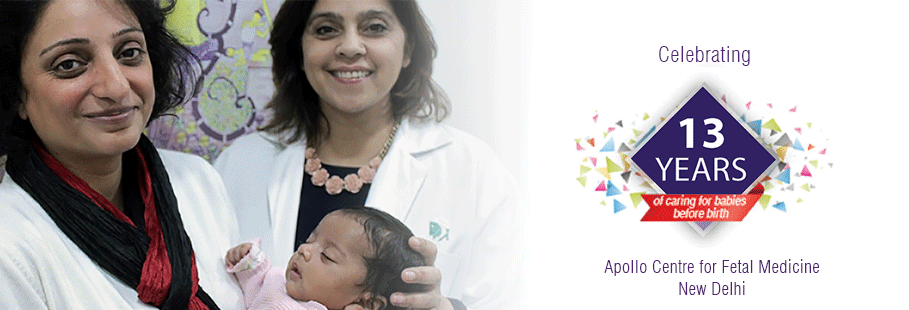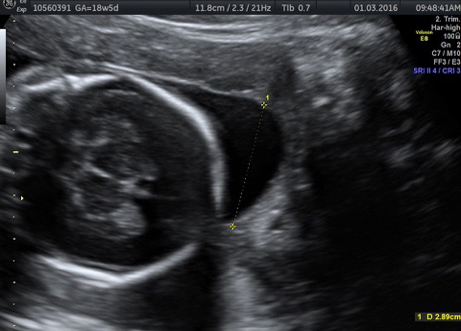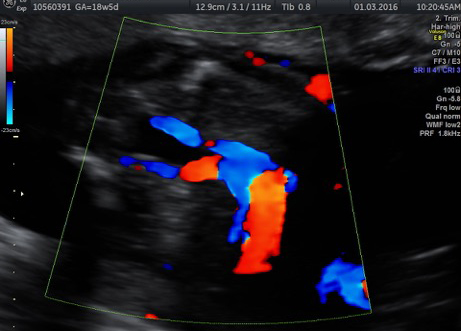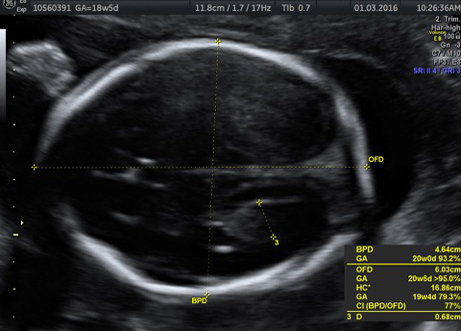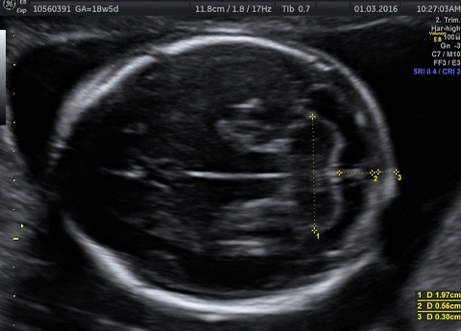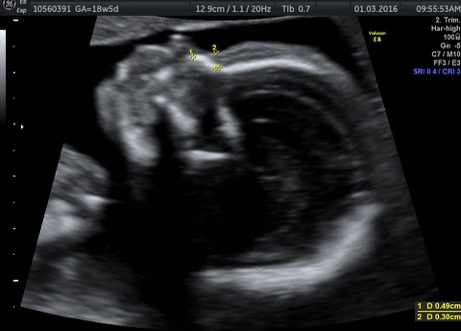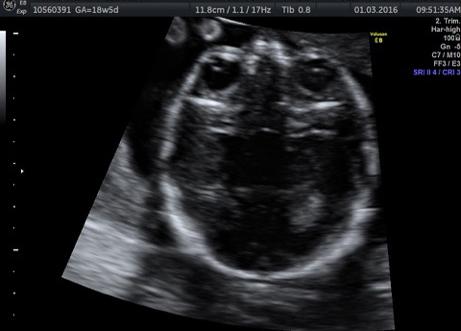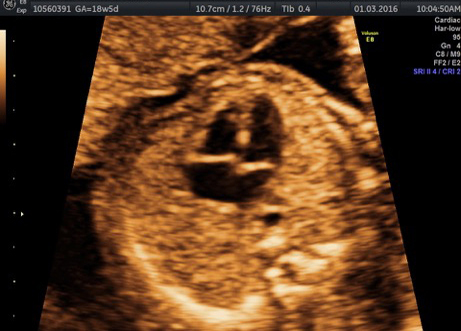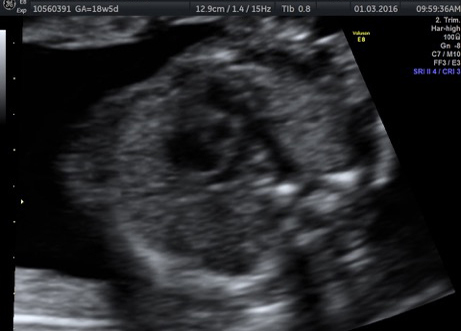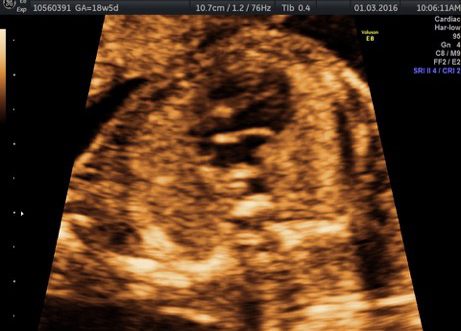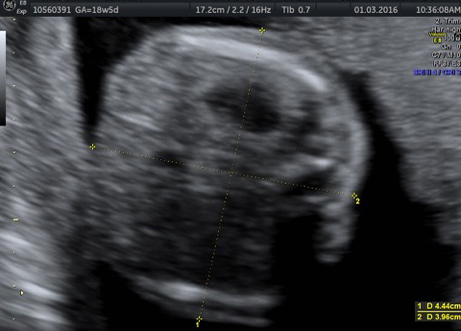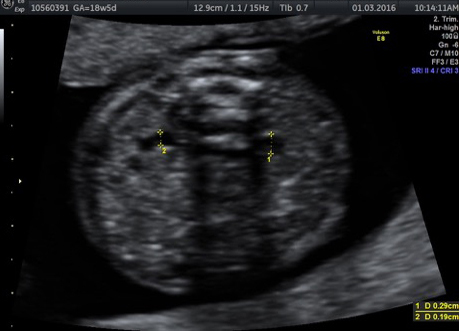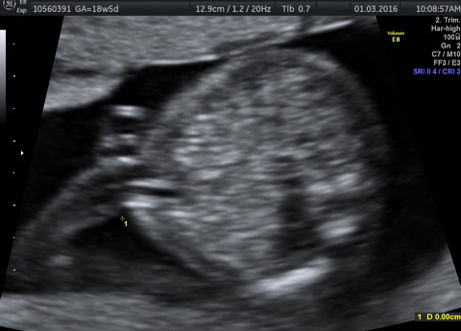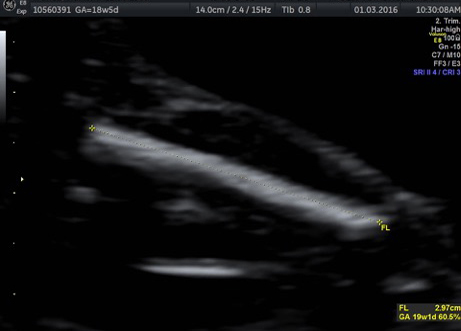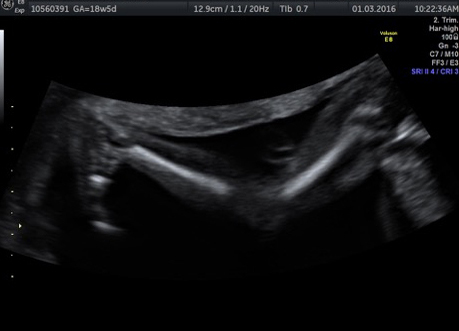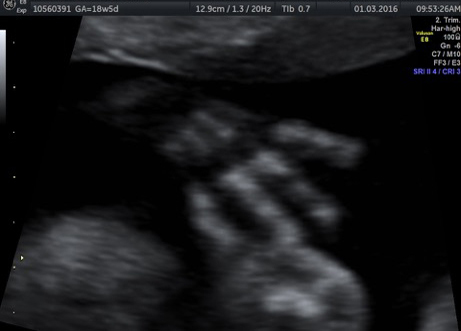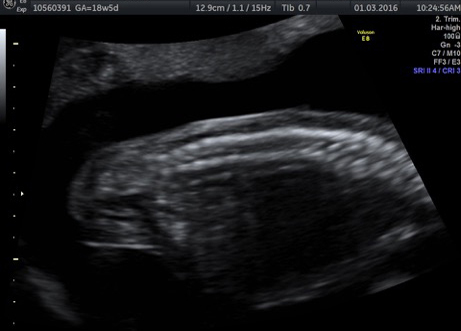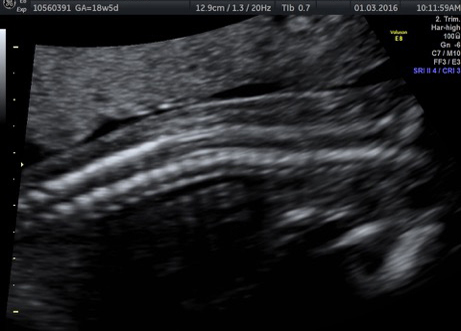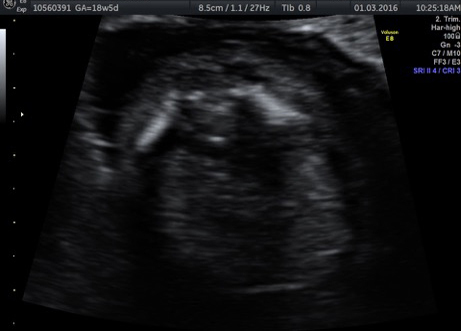Author: Rachna Gupta
It is a well-known fact that antenatal corticosteroids (ACS) reduce perinatal mortalityby reducing the incidence of respiratory distress syndrome (RDS) in premature babies (1).
Cochrane review 2017 reveals that a single course of ACS significantly reduces the incidence of neonatal death by 31%. Meta-analyses have revealed significantly reduced rates of RDS, intraventricular haemorrhage (IVH), necrotizing enterocolitis (NEC), infectious morbidity, need for respiratory support, and neonatal intensive care unit admission with ACS treatment. For the mother, corticosteroid use does not increase the risk of death or chorioamnionitis, although a non-significant risk of puerperal sepsis was found (1). Maximum benefit is after 24 hours to 7 days of completed course.
Two regimes are commonly used:
- Betamethasone 12 mg I/M 24 hourly 2 doses
- Dexamethasone 6 mg I/M 12 hourly 4 doses.
Betamethasone is proven to be better than dexamethasone in reducing the neonatal morbidity and mortality, and cause less incidence of chorioamnionitis(1,2). However, as the betamethasone salt available in India is different from that used in international trials (3), same conclusion cannot be drawn, and either dexamethasone or betamethasone may be used depending upon availability.
There is also concern over increased prevalence of undiagnosed maternal infections in India, hence, more trials are needed on safety of use of corticosteroids. One of the trials showed increase in neonatal mortality and maternal infection with use of ACS in low-income and middle-income countries (4).
Use of ACS in late preterm babies (34 – 37 weeks) and early term (37 – 39 weeks) has been a matter of controversy so far and more data are needed to either support or refute the use of ACS in these populations. There are definite short-term benefits (mainly in reducing transient tachypnea of newborn) with some complications like neonatal hypoglycemia and unknown long-term neurodevelopmental outcomes (6).
Studies in animal models and short term studies in human beings have shown that there is increased basal level of cortisol in babies exposed to even single dose of ACS and there is aggravated response to stress (5). Barker’s hypothesis for fetal programming of adult onset of cardiovascular diseases like hypertension, stroke and diabetes also implicates exposure to ACS as a risk factor though this remains to be proven in human studies.
Repeated use of ACS has been linked with autism, neuro-developmental delay, permanent changes in limbic system, midbrain, white matter paucity, cerebral palsy, reduced head circumference, fetal growth restriction, maternal glucose intolerance. All these effects have been more widely studied in animals, and in human beings it is still a speculation, and not proven.
More than 4 repeated doses have been linked with reduced head circumference and fetal growth restriction (7).
Recommendations on basis of current literature:
- One needs to weigh the potential risks and benefits of ACS. Between 26 – 34 weeks, the potential benefits clearly outweigh the risks and one should not hesitate to give steroids where delivery is anticipated before 34 weeks.
- The assessment for iatrogenic or spontaneous preterm delivery needs to be more stringent and senior and more than one obstetricians should be involved in decision taking to give steroids at optimal time, so that timing is such that single course is given when delivery is expected before 34 weeks, and the estimated time to deliver is between 48 hours – 7 days.
-
High risk of imminent delivery is strictly defined as (6)
- Preterm labour with intact membranes and at least 3 cm dilation or 75% cervical effacement
- Preterm labour with spontaneous rupture of membranes.
- Expected preterm delivery for any other indication either through induction or caesarean section between 24 hours and 7 days, as determined by the obstetrical provider.
- Single course of ACS may be repeated if gestational age is less than 34 weeks, more than one week has elapsed and delivery is strictly expected between 24 hours to 7 days.
- Between 34 – 37 weeks, there are short-term benefits with unknown long-term side effects, and lung maturity tests (like QuantusFLM) may be useful to assess the need for ACS.
- There is not enough data to support use of ACS after 37 weeks either for planned C-section or normal delivery (8,9).
- Elective C-section should be postponed to 39 weeks as much as possible as risk for respiratory distress keeps reducing and is minimum after 39 weeks.
References:
- Roberts D, Brown J, Medley N, Dalziel SR, Antenatal corticosteroids for accelerating fetal lung maturation for women at risk of preterm birth, Cochrane Database Syst Rev. 2017 Mar 21;3:CD004454.
- Baud O, Sola A; Corticosteroids in perinatal medicine: How to improve outcomes without affecting the developing brain? Semin Fetal Neonatal Med. 2007 Aug;12(4):273-9. Epub 2007 Mar 21. Review.
- Use of Antenatal Corticosteroids in Preterm Labour; Operational Guidelines June 2014; Ministry of Health and Family Welfare, Government of India.
- Fernando A et al; A population-based, multifaceted strategy to implement antenatal corticosteroid treatment versus standard care for the reduction of neonatal mortality due to preterm birth in low- income and middle-income countries: the ACT cluster- randomised trial; Lancet. 2015 February 14; 385(9968): 629–639.
- Waffarn F, Davis EP; Effects of antenatal corticosteroids on the hypothalamic-pituitary-adrenocortical axis of the fetus and newborn: experimental findings and clinical considerations; Am J Obstet Gynecol. 2012 Dec;207(6):446-54-
- Beena D. Kamath-Rayne et al; Antenatal corticosteroids beyond 34 weeks gestation: What do we do now? Am J Obstet Gynecol. 2016 Oct;215(4):423-30.
- Michael W. Church et al;Repeated courses of antenatal corticosteroids: Are there effects on the infant’s auditory brainstem responses?NeurotoxicolTeratol. 2010; 32(6): 605–610.
- ACOG Committee Opinion number 713, August 2017
- NICE guideline (NG 25) Preterm labour and birth (published Nov 2015)


